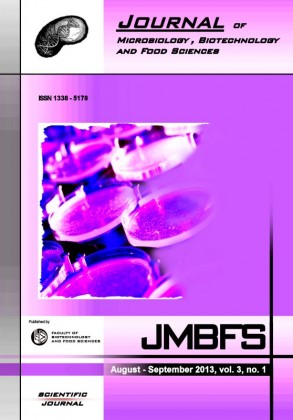MICROORGANISMS: A MARVELOUS SOURCE OF SINGLE CELL PROTEINS
Keywords:
Non conventional, single cell protein (SCP), microbial protein, disadvantages, toxinsAbstract
The increasing global population living below the poverty line is driving the scientific community to search for non-conventional protein sources that can replace conventional expensive ones. Microbial proteins, or single-cell protein (SCP), represent a potential future nutrient source for human food and animal feed. These microbial proteins can be grown rapidly on substrates with minimum dependence on soil, water and climate conditions. They can be produced from algae, fungi and bacteria the chief sources of SCP. It is convenient to use microorganisms for production of SCP as they grow rapidly and have high protein content. Industrially, they can be produced from algal biomass, yeast, fungi. There are several other ways of getting SCP as well. Despite numerous advantages of SCP, they have disadvantages and toxic effects too, especially related to mycotoxins and bacterial toxins.Downloads
Download data is not yet available.
Downloads
Published
2013-08-01
How to Cite
Nangul, A., & Bhatia, R. (2013). MICROORGANISMS: A MARVELOUS SOURCE OF SINGLE CELL PROTEINS. Journal of Microbiology, Biotechnology and Food Sciences, 3(1), 15–18. Retrieved from https://office2.jmbfs.org/index.php/JMBFS/article/view/7069
Issue
Section
Microbiology
License
Copyright (c) 2013 Agam Nangul, Ravi Bhatia

This work is licensed under a Creative Commons Attribution 4.0 International License.
All papers published in the Journal of Microbiology, Biotechnology and Food Sciences are published under a CC-BY licence (CC-BY 4.0). Published materials can be shared (copy and redistribute the material in any medium or format) and adapted (remix, transform, and build upon the material for any purpose, even commercially) with specifying the author(s).

